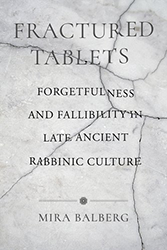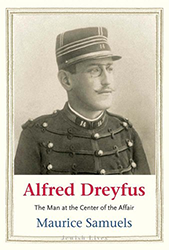Transylvanian writer Kinga Király wanted to know more about Jewish culture pre-World War II, before the older generation died out. Gathering ten Holocaust survivors who had returned to northern Transylvania, she started by asking them about food. What did people remember eating or cooking? How did they handle kashrut? Where did they get meat or vegetables? And most important, what recipes brought back memories?
Her book of interviews and commentary is arranged chronologically, from pre-War to life under the Communist dictatorship. The pre-War accounts are rosy, with lots of recipes and family tales. Before long, readers are plunged into the deportations, the crematoriums, the starvation, torture, and mass murders of the Holocaust. When those who survived returned to Romania, they found that their homes and belongings had been appropriated by their former neighbors. Food was scarce. Friends and families had been killed. Survivors had been physically and psychologically ravaged by the camps. Struggling with their return, some sensed a moment when the antisemitism almost let up — when maybe Russia was supporting a Jewish state — before Jews were considered tainted again, a commodity to be “sold” to Israel by the Ceausescu regime.
For many American readers, the history of Transylvanian Jewish culture is unfamiliar. Transylvanian borders were shifted between Hungary and Romania by treaties most of us never studied. Names are hard to pronounce. Jewish customs were different. Sure, some of Király’s respondents kept two sets of dishes before the War — a kosher set and a treyf set. Milk was kosher if a Jewish child accompanied the milking. A meal was kosher only if a Jewish person was present for its cooking. Shabbos challahs were covered so they would not be “embarrassed.” Post-War, there’s Adi Perl, the “only mashgiah in Transylvania,” discoursing at length about the things he could inspect, from cabbages to meats, before admitting that he didn’t actually do this anymore because “no one needs it.” Still, he shared his secret for great cholent — adding a few spoonfuls of Nescafe and Silan (date syrup) before cooking!
Truthfully, this is not really a cookbook. The food memories and recipes, mostly in the first part of the book, need proofreading and better photography — although who will actually cook dishes calling for goose necks or goose fat or the occasional whole carp? Food is a good conversation-starter for reluctant interviewees, but it cannot go far for people who have spent years of their lives going hungry, years in concentration camps. Király’s book ends with Kaddish, not dessert.
Király sets out her survivors’ stories in these pages like a patchwork artist laying out a quilt — a shaded box with a wife’s comments on a detail her husband mentioned, some excerpts from published works shedding light on an interviewee’s memories, photos of people, places, and foods. By eschewing a linear narrative, by allowing all the constant interruptions, Király helps readers experience some of the chaos that her subjects might have felt as they drew out old memories, some dear and beloved, but more often, long-submerged, fragmented, and painful. Readers accustomed to conventional oral histories or Holocaust memoirs may be uncomfortable with Király’s collage approach, but it is effective. She has honored her subjects by sharing the fabric of their lives.
Bettina Berch, author of the recent biography, From Hester Street to Hollywood: The Life and Work of Anzia Yezierska, teaches part-time at the Borough of Manhattan Community College.





